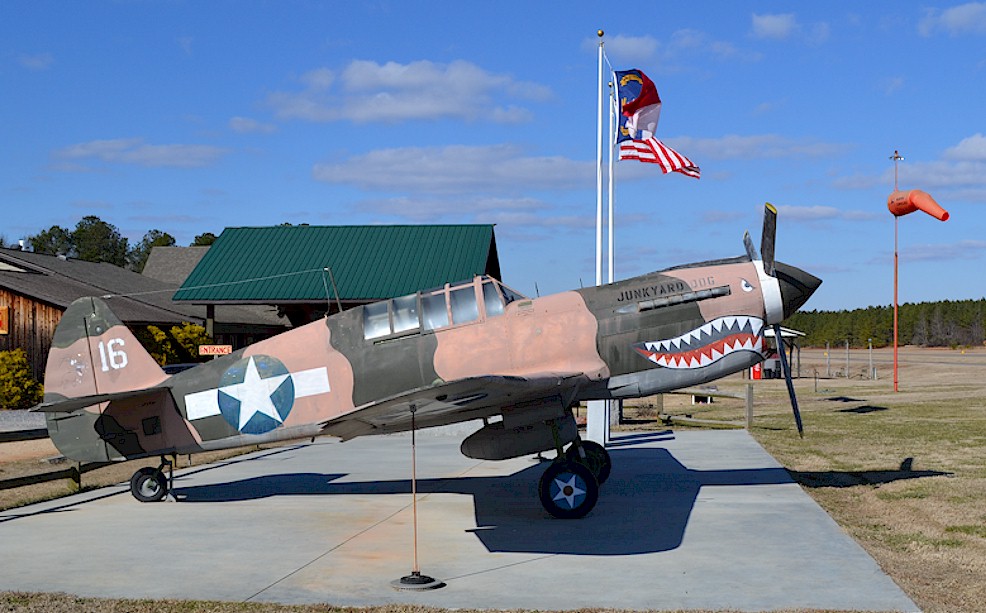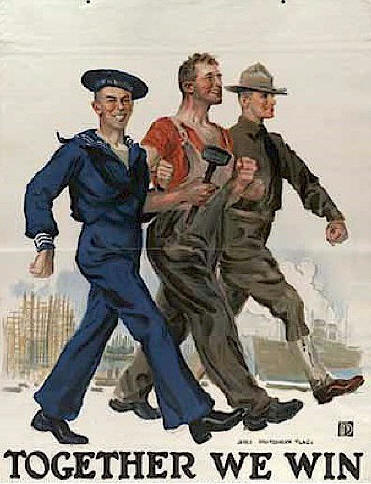


About Us
Exhibits
Photos
Membership
Business
Sponsors
Donations
Gift Shop
Contact
Links
~ ~ ~
James R.
McConnell
Page
Robert H.
Upchurch Page
~ ~ ~
Memorial
Brick
Campaign
~ ~ ~
MUSEUM EXHIBITS
The Museum is named and
dedicated in honor of the historic airman James Rogers McConnell
who fought for
France in WWI before the United States became involved in the war. A native
of Carthage, North Carolina,
he was one of the founding and original members of the Lafayette Escadrille.
A memorial to him and his service, including a plaque presented by the
country of France, currently is on the grounds of the future museum.
Click Here for the
McConnell Memorial Page
~ ~ ~ ~ ~ ~
~ ~ ~ ~ ~ ~
~ ~ ~ ~
|
Another Memorial Site on the grounds of the Museum is dedicated to
2nd Lt. Robert Hoyle Upchurch,
Click Here for the Upchurch Memorial
Page AIRCRAFT
The Museum currently has an inventory of
five planes that will be housed within the museum building.
The planes we presently have are
listed below |
|
|
WWI British
S.E.5A Full Size and 7/8 Scale Replicas > > > >
Featured in the
film the "Dawn Patrol" the famous World War One biplane
fighter, the British SE5A (Scout Experimental)
The Museum's full size plane was
actually used
|
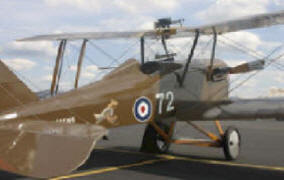 |
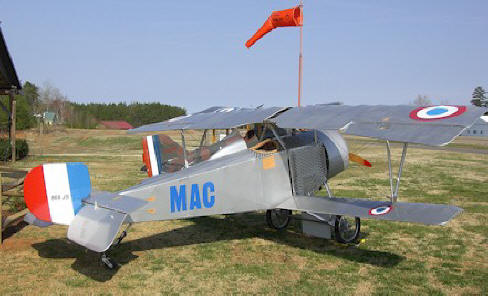 This is the type of plane that James Rogers McConnell flew with the Lafayette Escadrille |
WWI French Nieuport Model 11 < < < < < 7/8 Scale Replica Size
The Nieuport model 11 was a French
biplane of World War I, |
|
Curtis P-40 Warhawk Non-Flying Replica > > > > >
The P-40's first fame
came at the hands of the now |
|
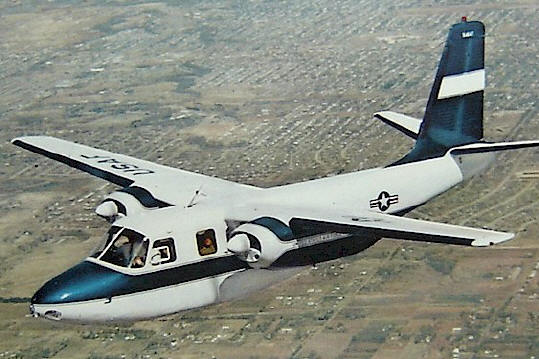 Air Force Stock Photo |
Aero Commander 500 Full Sixe
Manufactured by "Aero Design and Engineering
Company" |
|
THE LIGHT TOWER The Development of Night Navigation in the U.S.
These early days of aviation presented a unique
set of The first navigation-aid system consisted of flashing beacons. These high-intensity lights, located along popularly-flown airways, literally shone into the air like a connect-the-dot puzzle, winking and blinking a friendly invitation to come ahead. "General Aviation News" Article Here Visit the "Light Tower" Page Here
|
AWAITING THE NEXT CONTRIBUTION Can You Help? |
We Gratefully Thank and Acknowledge Our Generous Sponsors
Copyright James R.
McConnell Air Museum Inc. - 2014 - All Rights Reserved
Web Design by Plank Road Consulting -
www.plankroadconsulting.com
